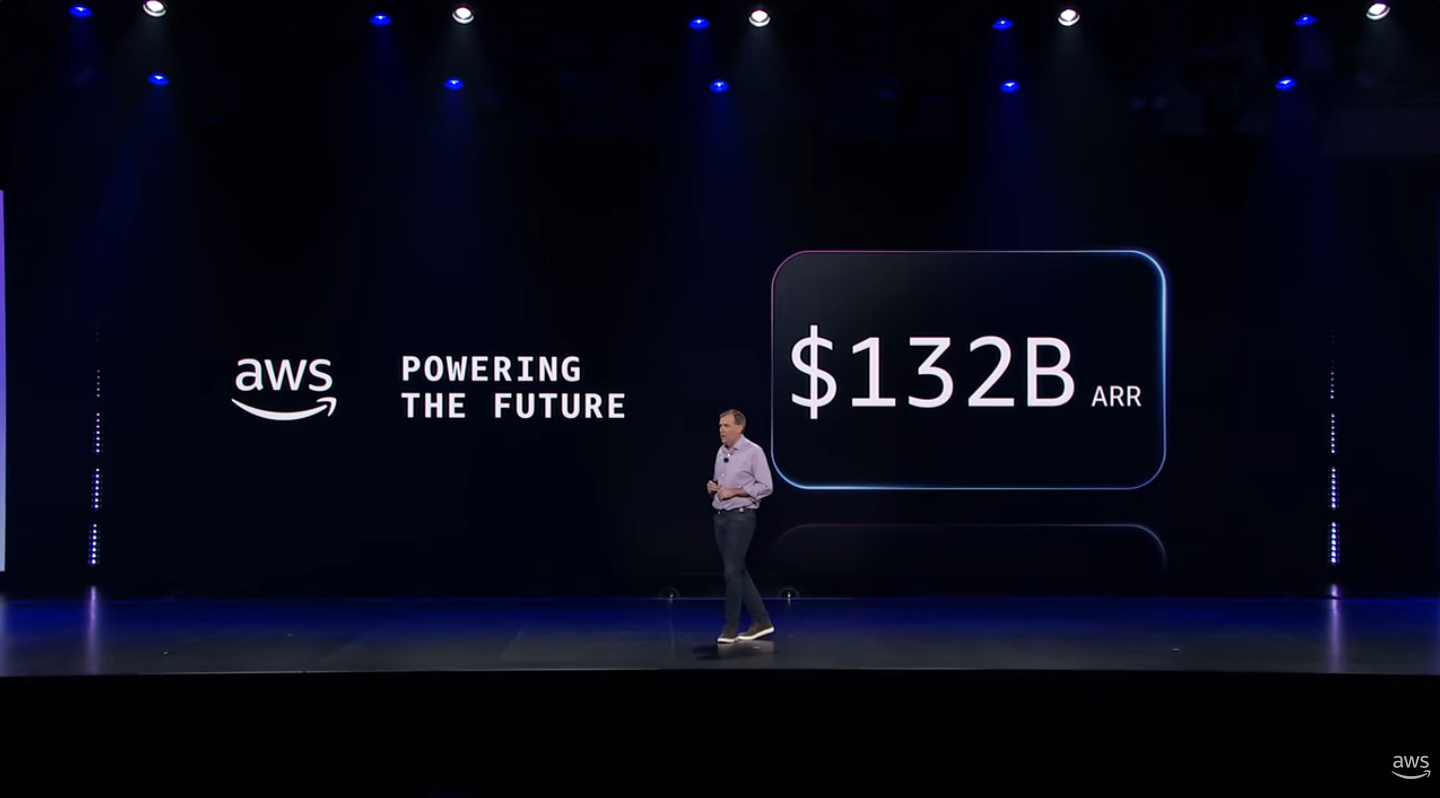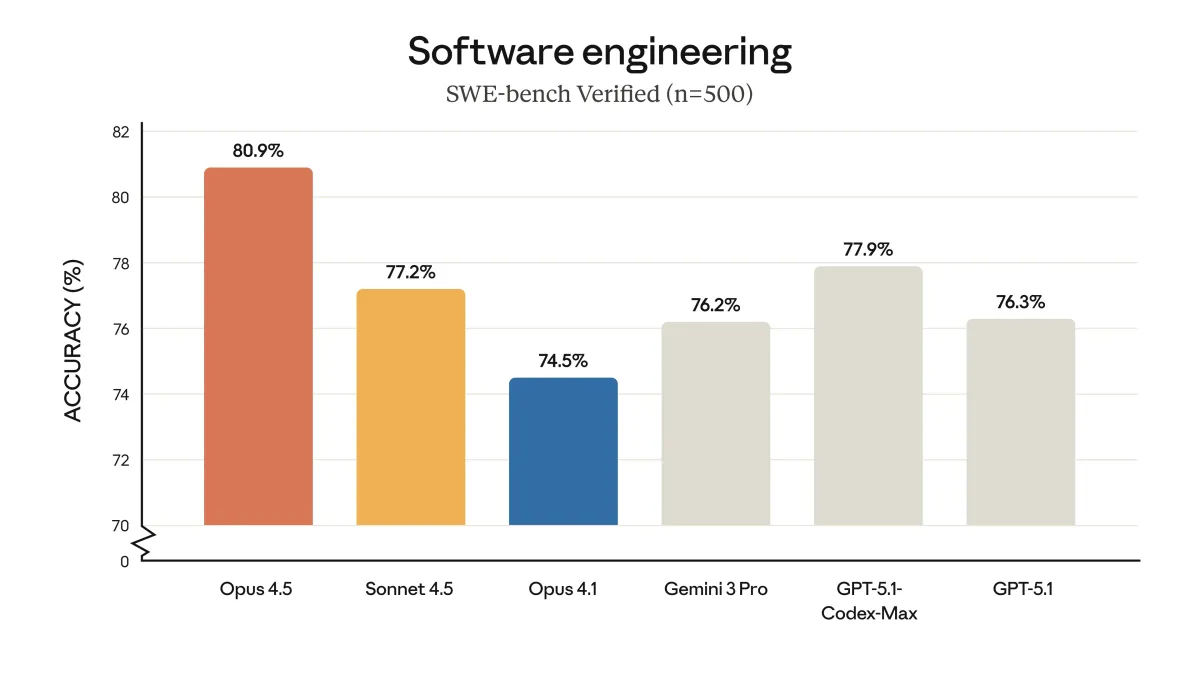Much of the computational power required to train and deploy current and future AI models and systems is provided by data centers across the world. This means that, as demand for AI systems and related applications continues to rapidly increase, demand for data center infrastructure has been quick to follow. Some consequences of the explosion of AI data center demand have already been felt and reported on: companies like Google and Microsoft are no longer on track to meet their environmental goals because lately, their greenhouse emissions have increased, rather than decreased.
At least in the US, the surging demand for electricity is met by burning even more fossil fuels like gas and carbon. Data centers have been responsible for delaying the decommission of several coal plants in the US, and are the drivers of a major push to With data centers expected to guzzle up as much as 8% of the US's total energy consumption, the main focus has been on how to scale the US's electricity production to match the growth of the data center industry, which shows no signs of slowing.
Earlier this month, Microsoft shared its plans to spend $80 billion in the fiscal 2025 to build AI-enabled data centers, with half the amount going to the US. Similarly, AWS has invested billions into building datacenters in Georgia and Indiana. Even President-elect Donald Trump has announced a potential $20 billion investment from the Emirati businessman Hussain Sajwani, which would be destined to building several AI data centers in the US. A number of tech leaders have been pressing on the US government, and on the incoming Trump administration especially, to support the development of AI infrastructure.
It's not all about quantity, power quality matters
While AI firms are busy planning lofty goals for the future and talking about scaling in an ethical and environmentally sound manner, the assumption seems to be that the challenges of the explosive growth of data center infrastructure are yet to be seen. A recent analysis by Bloomberg shows compelling evidence that this may not be the case, as a significant number of homes in the US located within 20 miles of significant data center activity, are experiencing a phenomenon known as bad harmonics, which means that the electricity waves powering them are distorted.
Bad harmonics do not disrupt the electricity flow into a home, but that does not mean the issue is without consequences. Power surges and sags increase the risks of sparks, home fires and damage to home electronics and aging power equipment. Power distortions can also cause the lights to flicker, which can eventually lead to brownouts and blackouts. Just because these issues do not entail that homes are literally without power, this does not mean that they should go on unattended.
Bloomberg's analysis relied on data from Whisker Labs' Ting devices, which are installed within homes, and are so prevalent that most homes in the US are located within a half-mile distance of one. The data was supplemented with data from market intelligence firm DC Byte. The analysis consistently shows that homes close to data center activity detect the most distortions in the incoming electricity waves. While it is true that bad harmonics may have many causes, and the analysis cannot point to a single cause with full certainty, the findings are just too compelling to be ignored.
For instance, more than half of the sensors measuring the most severe power grid distortions were located within 20 miles of areas with substantial data center activity. Moreover, the correlation was the strongest at the appropriately nicknamed "data center alley" in North Virginia. The study found that, on average, 1.7% of the surveyed sensors across the country had readings above the 8% safety limit for bad harmonics.
In Loudoun County, where the data center alley is mostly located, over four times as many sensors gave concerning readings, while in the neighboring Prince William County which recently added to its data center capacity, 6% of the surveyed sensors gave readings above the 8% limit, some of them showing a variation rate as high as 12.9%. Most of these sensors were located within a 7-mile radius of significant data center activity. Conversely, residential sensor data from York County, a county located a couple of hundred miles away from the data center alley showed steady and low variations, which averaged less than 3%, significantly lower than the recommended safety threshold.
Conclusion
Despite the current appearances, the growing presence of AI data centers is already creating challenges for power grid quality in nearby residential areas. The evidence of widespread harmonic distortion, particularly around data center hotspots like Northern Virginia's "data center alley," but also cities like Chicago and Columbus, suggests that the impact of these facilities extends beyond mere energy consumption.
As home power sensor data reveals concerning levels of electricity wave distortion affecting home electronics and aging power equipment, it becomes clear that addressing power quality issues is just as crucial as expanding grid capacity. This means that if the planned investments new AI data centers across the US are really going to help the industry scale ethically and sustainably, regulators and utility companies must include plans to prevent further degradation of residential power quality steming from high-intensity data center activity.





Comments